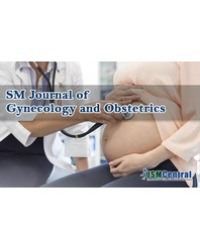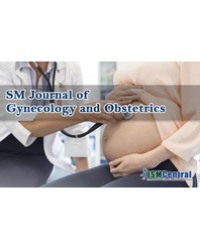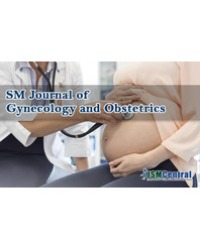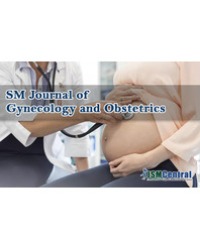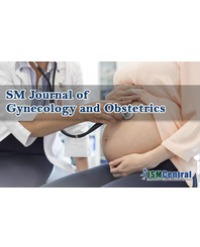Objective:
The main goal of the present prospective cross sectional study is to compare three ketamine, thiopental and probofol for sedation during In Vitro Fertilization procedures.
Design:
Prospective cross sectional study.
Setting:
Assisted conception center.
Population:
150 patients operated for In Vitro Fertilization procedures from period 1/1/2013 till 1/1/2015 divided into 3 equal groups every one containing 50 patients; group A: (Ketamine 1-2 mg/kg) ; group B: [Thiopental 4-5 mg/kg (5)]; group C: Probofol 1-2 mg/kg (2.5).
Methods:
150 patients operated for In Vitro Fertilization procedures were allocated for comparing the effect of ketamine, thiopental and probofol for sedation during In Vitro Fertilization procedures.
Main outcome measures:
Cleavage rate (rate of good embryo garding+rate of poor embryo grading), implantation rate, pregnancy and abortion. rapid recovery of group C.
Results:
The percentage of fertilization were for group A, B, C respectively (66.66%, 76.92%, 92.30%); the percentage of embryo development were for group A, B, C respectively (50%, 60%, 83.33%); the percentage of cleavage rate were for group A, B, C respectively (66.66%, 76.92%, 92.30%); the percentage of good embryo grading were for group A, B, C respectively (37.50%, 60%, 83.33%); the percentage of pregnancy rate were for group A,B,C respectively (20%, 30%, 50%); the percentage of the implantation rate were for group A, B, C respectively (20%, 30%, 50%); the percentage of abortion rate were for group A, B, C respectively (40%, 26.66%, 20%).
There was no significant difference of number oocyte of M II retrieved. There was significant difference in rapid recovery of group C.
Conclusions:
By comparing the effect of ketamine, thiopental and probofol for sedation during In Vitro Fertilization procedures in this study the propofol show significant difference regarding rapid recovery percentage of fertilization, good embryo grading, embryo development, cleavage rate, pregnancy rate, and implantation rate, with less abortion rate.
Wael S Nossair¹ and Ahmed MA Maaty²*
